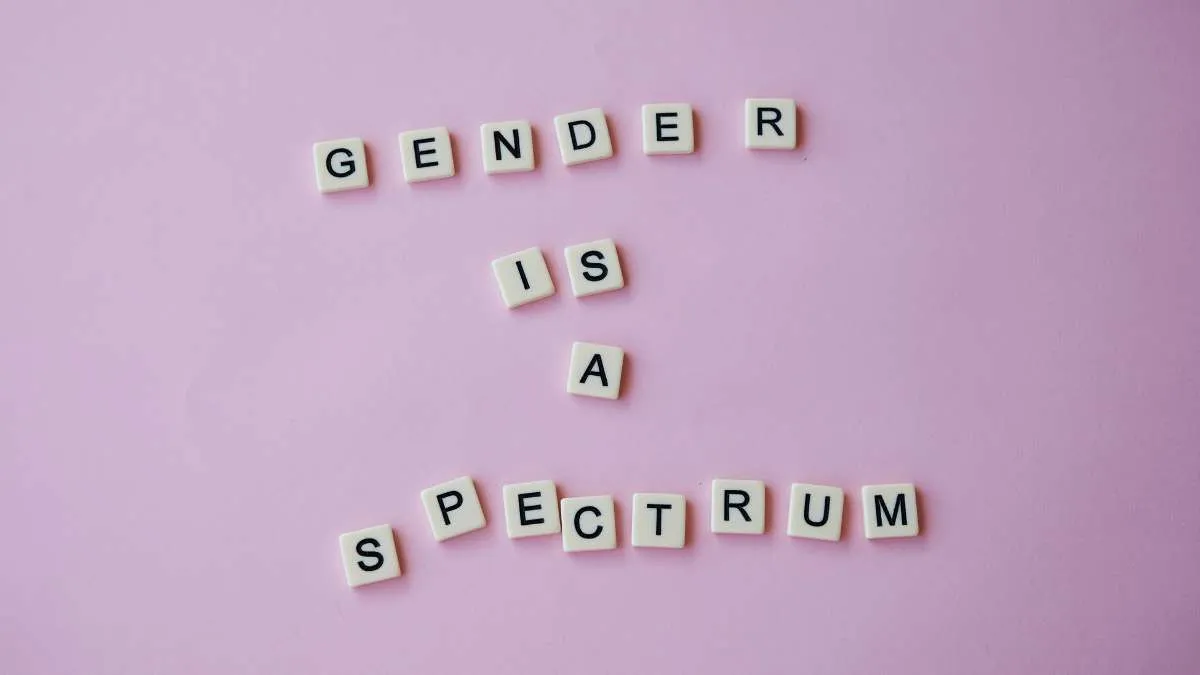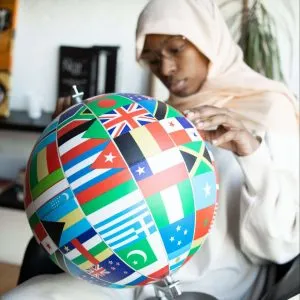The concept of gender has been a subject of intense debate recently in the United States with a ton of political resistance to the idea that gender is socially constructed and exists on a spectrum. That resistance, however, does not erase decades of scientific scholarship providing evidence for gender as a social construct. So, is gender a social construct? If you ask the social scientific community, the answer will be a resounding yes.
How is Gender a Social Construct?
When sociologists and other social scientists argue that gender in a social construct, they are really saying gender is not determined by biology but is instead shaped by social and cultural factors, including norms, values, and expectations. This blog will elaborate on how gender is socially constructed through various social processes and what that means for our understandings and experiences of gender.

Gender versus Sex
First things first, we must distinguish between two related by separate concepts: gender and sex. Gender refers to a social category or identity while sex refers to biological characteristics that often, though not always, place people in the categories of “male” or “female” at birth. Those characteristics include hormones, genitals, and chromosomes, to name a few. It is important to note that, similarly to gender, sex also exists on a spectrum. In fact, just as many babies are born with intersex traits as are born with red hair, solidifying the fact that even biological sex exists on a spectrum and cannot be reduced to binary categories.
Gender, while related to sex through the idea of the gender binary, is separate from biological sex. Sometimes our gender aligns with our biological sex assigned at birth, while other times it does not. When our gender and sex assigned at birth are in alignment, we are cisgender. When they do not align, we are transgender, or trans. People might also identity as genderqueer, genderfluid, or gender nonconforming for various reasons related to or unrelated to their biological sex.
Basically, someones gender is how they identify, making their decision of gender identity theirs and theirs alone. And while gender existing on a spectrum might seem like a new concept, this complex understanding of gender has been a part of human civilization across various cultures throughout history.
Gender and Socialization
So, how exactly is gender a social construct? One way gender is socially constructed is through the process of socialization, which is the process by which individuals learn and internalize social norms and values. From a very young age, individuals are socialized into gender roles that are associated with their biological sex assigned at birth. These gender roles are reinforced through social institutions such as the family, education, media, and religion.
For example, boys are often socialized to be more aggressive and competitive, while girls are socialized to be more nurturing and emotional. These gender roles are reinforced through the toys children are given to play with, the clothing they wear, and the activities they are encouraged to participate in.
Gender and Intersectionality
Another way gender is socially constructed is through the concept of intersectionality. Intersectionality is the term social scientists use to discuss interlocking systems of power based on social structures such as gender, race, and social class. In other words, depending on what gender, racial, or class groups we belong to, we may experience more or less oppression in various situations based on the intersection of those groups.
For example, women of color may experience discrimination and marginalization based on both their gender and their race, leading to unique experiences and challenges that cannot be understood solely through understanding either race or gender separately. Instead, to fully grasp the gendered experiences of women of color, we must understand the simultaneous impact of race and gender in any given situation.
Intersectionality not only exemplifies the social construction of gender, but also demonstrates how gender is shaped by other social and cultural factors like race and class that interact with one another to create unique experiences and perspectives for individuals.
Gender and Institutions
Finally, gender is socially constructed through social institutions such as the legal system, the workplace, and the healthcare system. For instance, laws and policies related to gender often reflect and reinforce gender stereotypes and discrimination, such as the absence of paid maternity leave or restrictions on reproductive rights.
Read: The Social Construction of Gender and Reproductive Health
Similarly, workplaces may be structured in ways that disadvantage women, such as through the glass ceiling phenomenon, which refers to the invisible barriers that prevent women from advancing to high-level positions in the workplace. Healthcare systems may also reinforce gender norms and stereotypes through the assumption that women are primarily responsible for reproductive health and men are not affected by gender-based violence. Medicine also reinforces the gender binary through their reassignment of intersex babies as either male or female, often through invasive surgeries that can have lasting affects.
Conclusion
The sociology of gender highlights the importance of recognizing that gender as separate from sex and shaped by social and cultural factors. Through processes of socialization, intersectionality, and institutional practices and policies, gender is socially constructed in society.
By understanding the ways in which gender is socially constructed, we can work toward creating more equitable and just societies that value and respect gender diversity and promote gender equality. These efforts include challenging gender stereotypes and discrimination, promoting gender-inclusive policies and practices, and recognizing the diverse experiences and perspectives of individuals based on their intersecting identities.
In summary, the answer to the question, “is gender a social construct?” is yes. The concept of gender is complex and multifaceted, and is shaped by social and cultural factors rather than being determined solely by biological markers. By examining the ways gender is socially constructed, we can work toward creating more inclusive and equitable societies that value and respect gender diversity and promote gender equality.







